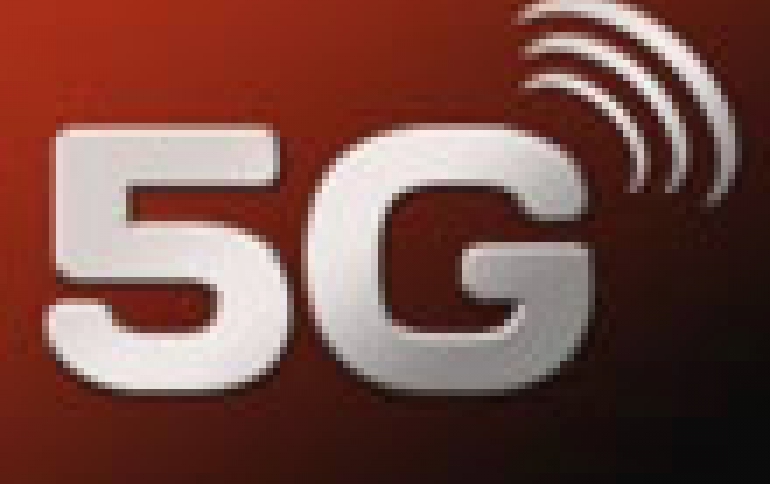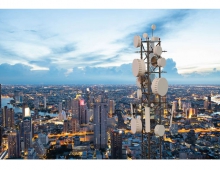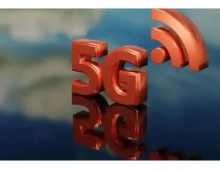
FCC To Explore High-frequency Wireless Technologies
The Federal Communications Commission on Friday began examining the use of new frequency bands for mobile services as part of the Commission?s efforts to help meet the growing demand for spectrum.
Based on a recommendation from the Technological Advisory Council, the so-called 'Notice of Inquiry' seeks to broaden the Commission?s understanding of the state of the art in technological developments that could unlock millimeter wave spectrum above 24 GHz for next-generation mobile wireless services.
The Notice asks for details related to the technological developments that could facilitate mobile use of the bands above 24 GHz. It then seeks comment of the suitability of various bands for mobile use, taking into account existing uses in those bands. Finally, it asks about various approaches to licensed or unlicensed use of the bands above 24 GHz.
The FCC's goal is to develop a more thorough understanding of this technology. In addition, instead of waiting for the technology to develop in a potentially mismatched regulatory structure, the Commission is starting a process to examine any regulatory changes that might be necessary to ensure this technology will flourish.
The FCC's examination would also serve as a regulatory backdrop for research into the next generation of wireless technology, also referred to as 5G and which may allow wireless connections to carry a thousand times more traffic.
Frequencies above 24 GHz have previously been deemed technically unweildy for mobile connections, though have the potential to carry large amounts of data and give the promise of lightning-fast speeds. Millimeter waves can be used in short distances and have required a direct connection to a receiver.
In the meantime, the U.S. wireless industry continues to work on deploying the 4G connections.
Google on Monday asked the FCC for permission to conduct tests on some of the extremely high-frequency airwaves, which experts say may provide the foundation for a wireless version of its high-speed fiber Internet service.
The Notice asks for details related to the technological developments that could facilitate mobile use of the bands above 24 GHz. It then seeks comment of the suitability of various bands for mobile use, taking into account existing uses in those bands. Finally, it asks about various approaches to licensed or unlicensed use of the bands above 24 GHz.
The FCC's goal is to develop a more thorough understanding of this technology. In addition, instead of waiting for the technology to develop in a potentially mismatched regulatory structure, the Commission is starting a process to examine any regulatory changes that might be necessary to ensure this technology will flourish.
The FCC's examination would also serve as a regulatory backdrop for research into the next generation of wireless technology, also referred to as 5G and which may allow wireless connections to carry a thousand times more traffic.
Frequencies above 24 GHz have previously been deemed technically unweildy for mobile connections, though have the potential to carry large amounts of data and give the promise of lightning-fast speeds. Millimeter waves can be used in short distances and have required a direct connection to a receiver.
In the meantime, the U.S. wireless industry continues to work on deploying the 4G connections.
Google on Monday asked the FCC for permission to conduct tests on some of the extremely high-frequency airwaves, which experts say may provide the foundation for a wireless version of its high-speed fiber Internet service.





















